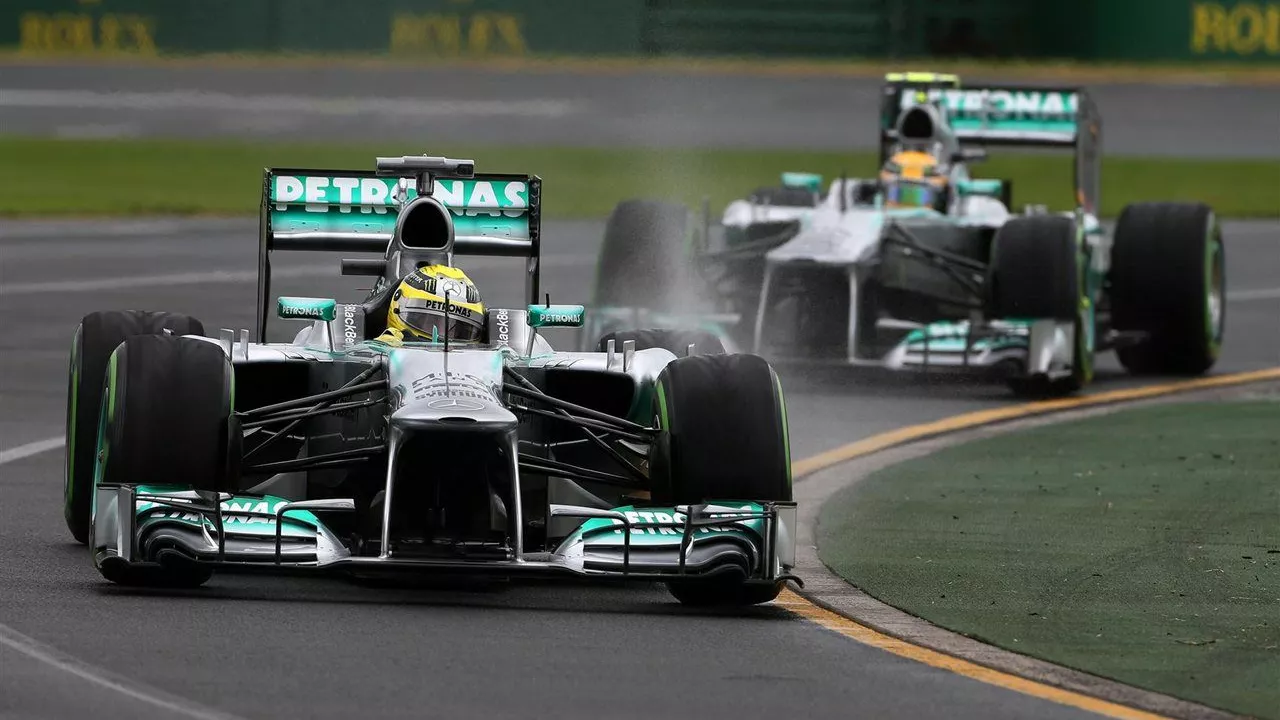Indy Cars: The Fast, Open‑Wheel Machines That Keep Fans on Edge
If you’ve ever watched a race where cars look like rockets on wheels, you were probably watching Indy cars. These open‑wheel, single‑seat racers are built for speed, agility, and drama on everything from ovals to street circuits. Unlike Formula 1, Indy cars run on a mix of tracks in the U.S., which means they need a balance of top speed and cornering grip.
How Indy Cars Differ From Other Race Cars
First off, Indy cars have a distinct shape: the wheels sit outside the main body, giving the car a slimmer profile. That design reduces drag and lets drivers slice through air more efficiently. The engines are also simpler – many use a turbocharged V6 that can rev up to 12,000 RPM, delivering over 700 horsepower. By comparison, most road cars use engines that top out at a few thousand RPM.
Another big difference is the chassis. Indy teams often share a common chassis supplier, which keeps costs lower than F1’s custom builds. This shared platform means more teams can compete without blowing their budgets, and it creates tighter racing because the cars are more evenly matched.
Why Fans Can't Get Enough of Indy Cars
Fans love the unpredictability. Because Indy races include ovals, road courses, and street circuits, a driver who dominates on one type may struggle on another. That mix creates close finishes and frequent lead changes, especially at famous events like the Indianapolis 500.
There’s also a community vibe. Many fans follow local drivers who work their way up from karting to Indy lights, then to the main series. Seeing a hometown hero on a massive speedway fuels a personal connection you don’t always get with global sports.
Even the sound matters. The high‑pitched whine of the turbo and the roar as the car slides by is addictive. It’s a sensory experience that draws people to the track, making live events unforgettable.
If you’re new to Indy cars, start with the big races – the Indy 500, the Grand Prix of Long Beach, and the Texas Motor Speedway showdown. Watching these will show you the full range of what Indy cars can do: raw speed, tight cornering, and strategic pit stops.
To get the most out of a race, learn the basic terminology: "drafting" is when one car follows closely behind another to reduce air resistance, and "fuel window" is the range of laps a car can run before needing to refuel. Knowing these terms helps you understand why drivers make certain moves.
Finally, follow a few drivers on social media or read blogs that break down each race. Seeing inside the team’s strategy and hearing the driver's perspective adds depth to the excitement.
Indy cars may look simple compared to some exotic machines, but their blend of speed, variety, and fan interaction makes them a standout in motorsports. Whether you watch from home or hit the grandstands, the thrill of an Indy car chase is hard to beat.

Which are faster, Indy or Formula 1 cars?
In the high-speed world of racing, there's always a hot debate about which is faster: Indy or Formula 1 cars. After a deep dive, it turns out Formula 1 cars take the lead with their incredible acceleration and top speeds. However, it's not just about speed, as Indy cars are known for their remarkable performance on oval circuits. So, while F1 might be the speed king, Indy cars certainly hold their own in the racing world. Let's remember, both have their unique strengths and it's the skill of the driver that often makes the difference in the end.